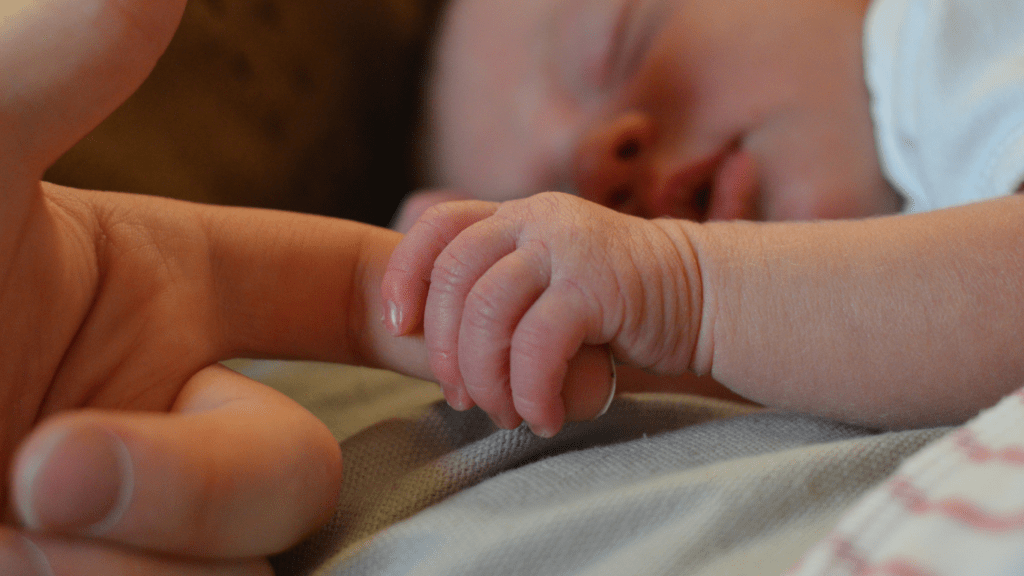Understanding Birth Options
Choosing between a C-section and a vaginal birth can be challenging. Each option has unique factors, which makes understanding birth options crucial.
Vaginal Birth
Vaginal birth is the natural delivery method. Mothers experience pelvic floor muscle strengthening, which is beneficial for postpartum recovery. Labor duration varies, typically between 12-24 hours for first-time mothers. Expected to be less than 12 hours for subsequent births. Recovery time is faster, usually within 2-4 weeks.
Benefits:
- Shorter hospital stay; usually 24-48 hours.
- Lower infection risk due to a natural process.
- Quicker postpartum recovery time.
Challenges:
- Potential for tearing, requiring stitches.
- Pain during active labor and delivery.
- Possible need for emergency interventions if complications arise.
C-Section Birth
A C-section is a surgical procedure. It involves an incision in the mother’s abdomen and uterus to deliver the baby. Typically planned in advance, though can be an emergency measure. The procedure lasts about 45 minutes to an hour.
Benefits:
- Scheduled delivery, reducing uncertainty.
- Avoidance of labor pain.
- Lower risk of pelvic floor damage.
- Longer hospital stay; usually 3-4 days.
- Higher infection risk due to surgery.
- Longer recovery period, typically 6-8 weeks.
Understanding these birth options can better equip you to discuss them with your healthcare provider, ensuring the best decision for you and your baby.
C-Section: What to Expect
Obstetricians often recommend C-sections for various medical reasons. These surgical deliveries come with a distinct set of procedures, recovery processes, and potential risks.
Procedure Overview
A C-section involves making an incision in the mother’s abdomen and uterus to deliver the baby. This procedure usually takes around 45 minutes. Local anesthesia like an epidural or spinal block numbs the lower body, ensuring the mother remains awake but feels no pain. In certain cases, general anesthesia might be used, causing unconsciousness.
Recovery Process
Expect a hospital stay of 3-4 days post-surgery. Pain management involves medication for incisional pain. The initial healing phase spans approximately 6-8 weeks. During this period, avoiding heavy lifting, strenuous activities, and driving is crucial. Follow-up visits with the healthcare provider ensure proper healing and address any issues.
Potential Risks and Complications
C-sections carry risks like any surgery. Infection risks stem from skin and uterine incisions. Blood clots pose a significant concern. There’s also the possibility of prolonged hospital stays and complications in future pregnancies, such as placenta previa. Discussing these risks with the healthcare provider aids in understanding and managing them effectively.
Vaginal Birth: What to Expect
Labor and Delivery Stages

Labor involves three stages. In the first stage, contractions begin and the cervix dilates to 10 centimeters. This can last several hours. The second stage is the pushing phase, where the baby travels through the birth canal and is delivered. This can take minutes to a few hours. The final stage involves delivering the placenta, which usually happens within 30 minutes after birth. Pain management options like epidurals and breathing techniques are commonly available.
Postpartum Recovery
Postpartum recovery for vaginal births is typically shorter than for C-sections. Most women recover within 2 to 4 weeks. Common symptoms include perineal pain, vaginal bleeding, and uterine contractions as the uterus returns to its normal size. While hospital stays are usually 1-2 days, it’s vital to rest and avoid heavy lifting. Tearing during delivery, which may require stitches, can also occur but generally heals within a few weeks.
Potential Risks and Benefits
Vaginal birth offers several benefits. These include lower infection risk, quicker recovery, and strengthened pelvic floor muscles due to the natural birthing process. However, potential risks exist, such as tearing, prolonged labor, and the need for interventions like forceps or vacuum assistance. Benefits also extend to the baby, including exposure to beneficial bacteria and lower respiratory complication risks. Always discuss any concerns with a healthcare provider to ensure the best childbirth plan.
Comparing C-Section and Vaginal Birth
Understanding the differences between C-section and vaginal birth helps parents make informed choices about delivery options.
Health Implications for Mother
A vaginal birth involves lower surgical risks. Recovery time is typically shorter, around 2-4 weeks, allowing mothers to resume daily activities sooner. However, vaginal birth can result in tearing and necessitate pain management during labor.
A C-section, being a surgical procedure, presents higher risks. There’s a greater chance of infection, blood clots, and longer recovery time, usually 6-8 weeks. Post-surgery, restrictions include avoiding heavy lifting and strenuous activities.
Health Implications for Baby
Babies born via vaginal birth benefit from exposure to beneficial bacteria, aiding their immune systems. The process also helps expel amniotic fluid from their lungs, reducing respiratory issues.
In contrast, C-section deliveries may lead to increased respiratory problems due to skipped labor contractions. Babies might require more medical intervention initially, although this is not always the case.
Long-term Considerations
Vaginal births generally pose fewer complications for future pregnancies. Women can often opt for vaginal birth in subsequent pregnancies with fewer concerns.
C-sections bring long-term risks, such as uterine rupture in future pregnancies, particularly if vaginal birth after cesarean (VBAC) is attempted. Multiple C-sections increase the risk of placenta-related complications.
Making an Informed Decision
Understanding your options is crucial when deciding between a C-section and vaginal birth. I’ll break down key considerations to help you make the best choice for you and your baby.
Consulting with Healthcare Providers
Discussing with healthcare providers ensures you get professional advice tailored to your circumstances. These discussions include the risks and benefits of each delivery method. Providers can also offer insights about hospital policies and available facilities. My provider shared statistics and potential scenarios, helping me understand what to expect.
Personal and Medical Factors
Personal and medical factors play a significant role in your decision. Evaluate your health history and any pre-existing conditions. Conditions like preeclampsia or placenta previa might necessitate a C-section. Personal preferences regarding pain management and recovery time also matter. I had to consider my low pain tolerance and previous surgeries when making my decision.
Preparing for Either Outcome
Preparing for either outcome ensures you’re not caught off guard. Create a birth plan but stay flexible. I had backup plans for both scenarios. Pack essentials for a hospital stay that could vary in length. Research postpartum recovery tips for both methods to help you manage expectations. I found that preparing mentally and practically made me feel more in control.




